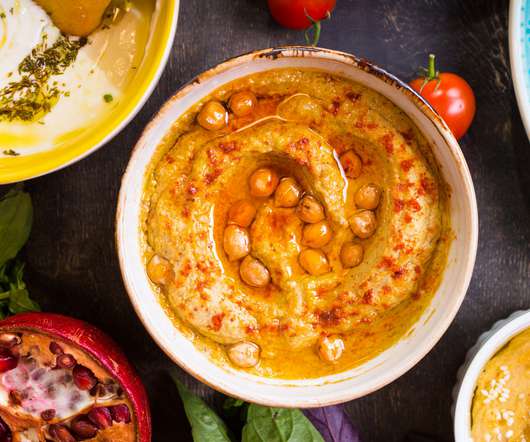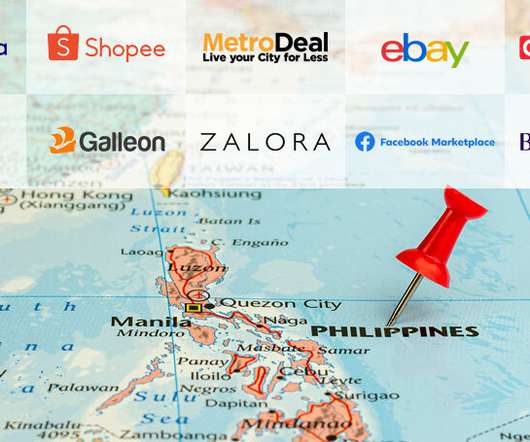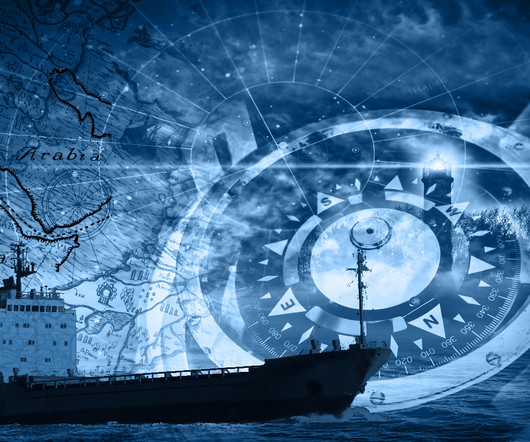People and Halal Supply Chains
The Logistics & Supply Chain Management Society
OCTOBER 14, 2021
Muslim (majority) countries in Asia (such as Brunei, Indonesia, and Malaysia) and several countries in the Middle East are moving to stage 3: the halal supply chain. This new standard has three modules: transportation, warehousing, and retailing. Some distributors and logistics might be halal certified; most are not.


























Let's personalize your content